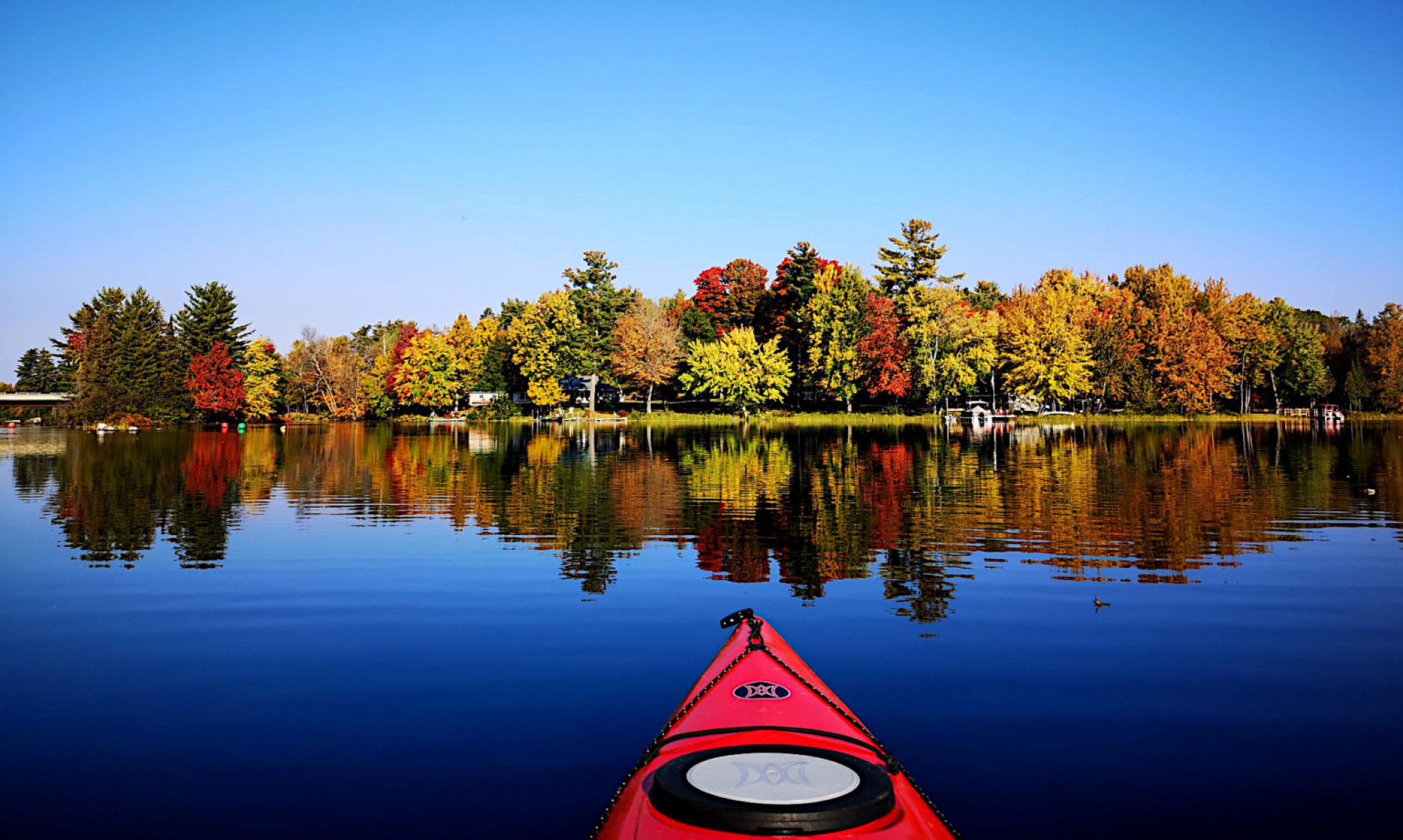In 1952, the United States military needed leaders for a new kind of mission. It involved a treacherous journey into unexplored territory, with danger a certainty. But 28-year-old Navy Lt. James Earl Carter Jr. answered the call. “Unexplored territory,” in this case, was the aftermath of one of the world’s first serious nuclear accidents. On Dec. 12, 1962, the NRX research reactor at Chalk River, Ontario, in Canada had suffered a partial meltdown. Ruptured radioactive fuel rods were stuck inside the reactor core. Radioactive water filled the reactor building’s basement. Lieutenant Carter was an officer in the Navy’s nuclear submarine program and thus an expert on reactors and nuclear physics.
Greenland’s misunderstood winter treat
For many in northwest Greenland, the iconic flavor of winter is that of fermented meat, perhaps most iconically kiviaq, a dish made by packing 300 to 500 whole dovekies—beaks, feathers, and all—into the hollowed-out carcass of a seal, stitching it up and sealing it with fat, then burying it under rocks for a few months to ferment. Once it’s dug up and opened, people skin and eat the birds one at a time. Plates of these small fermented seabirds are a staple at many kaffemiit—big communal gatherings celebrating anything from holidays to birthdays—during the winter, especially among the Inughuit.

When thieves stole a solid gold coin the size of a car tire
The idea for the Big Maple Leaf coin formed as the Royal Canadian Mint was launching a new series of pocket-sized coins made of 99.999 percent pure gold, often referred to as “five nines pure.” Raw gold is typically muddied with other elements like silver, aluminum, or zirconium, and needs to be processed so that there are less than ten parts per million of other elements. The typical standard is four nines. That extra decimal represents hundreds of thousands of dollars of additional value, and a source of technical pride for an organization like the RCM. But the RCM wanted to signal a little more to the world.
The points at which borders meet
Ian Greenleigh, an Austin-based writer, talks about “multipoints,” locations where multiple borders meet: “There are places considered so special, boundaries stretch and contort themselves just to touch them. Their lines converge on volcano peaks, on the edges of dead empires, in black seas and shallow rivers, in sleepless cities and in desert desolation. These are multipoints, the kaleidoscopic locations where three or more boundaries meet. Earth has 175 international tripoints, and China holds the record with 16. Mathematician Greg Hurst’s analysis–which includes subnational administrative divisions–located 724 quadripoints, 13 quintipoints, and one decipoint (on the summit of Mount Etna, where 10 Sicilian municipalities come together).”
World’s largest organism is slowly being eaten, scientist says
In the Wasatch Mountains of the western US on the slopes above a spring-fed lake, there dwells a single giant organism that provides an entire ecosystem on which plants and animals have relied for thousands of years. “Pando” is a 106-acre stand of quaking aspen clones. Although it looks like a woodland of individual trees with striking white bark and small leaves that flutter in the slightest breeze, Pando (Latin for “I spread”) is actually 47,000 genetically identical stems that arise from an interconnected root network. This single genetic individual weighs around 6,000 metric tons. By mass, it is the largest single organism on Earth. Pando has been around for thousands of years, potentially up to 14,000 years, despite most stems only living for about 130 years.
Inventors who were killed by their inventions
Via Wikipedia: Luis Jiménez died in 2006 while creating the famous Colorado statue of a blue horse, the Blue Mustang, when a section of it fell on him and severed an artery in his leg. Sylvester Roper, inventor of the eponymous steam-powered bicycle, died of a heart attack or subsequent crash during a public speed trial in 1896. It is unknown whether the crash caused the heart attack or the heart attack caused the crash. Franz Reichelt, a tailor, fell to his death in 1912 from the first deck of the Eiffel Tower while testing his invention, the coat parachute. Henry Smolinski was killed in 1973, during a test flight of the AVE Mizar, a flying car based on the Ford Pinto.
The meaning of pi, explained using pizza
Note: This is a version of my personal newsletter, which I send out via Ghost, the open-source publishing platform. You can see other issues and sign up here.

Wow, what an incredible story about Lt. James Earl Carter Jr. and his bravery in the aftermath of the Chalk River nuclear accident. It’s amazing to think that this event happened so long ago, yet the effects of nuclear power and radiation are still relevant today. It’s also interesting to think about the role of the military in nuclear energy and how they have been some of the leading experts in this field.
However, I couldn’t help but be distracted by the mention of kiviaq as a winter treat in northwest Greenland. I’ve never heard of this before and now I’m curious to learn more. What exactly is kiviaq and how is it made? Is it a dish that is commonly enjoyed in Greenland or is it more of a regional specialty? I would love to hear from anyone who has tried kiviaq or has more information about it.